![How to best operate your 3D printer [Source: Fabbaloo]](https://fabbaloo.com/wp-content/uploads/2020/05/learningseriesoperations_result_img_5eb09c8a7a51c.jpg) How to best operate your 3D printer [Source: Fabbaloo]
How to best operate your 3D printer [Source: Fabbaloo]
This is an entry in our 3D Print Learning Series, focusing on 3D Printing Operations.
There are many aspects to 3D printing, and one of them is the discipline of operations, the act of running the machine to obtain a successful 3D print.
But that’s the difficult part: being “successful”. There are countless ways a 3D print job can go awry. I’ve often seen some complain about particular 3D printers because their print failed. However, in many cases it is not the fault of the machine but in fact is the fault of the operator.
Typically to succeed in 3D printing one must perform adequate preparation to ensure things don’t go wrong. Most problems are in fact due to improper — or even ignored — preparatory activities. For example, if your thermoplastic extrusion 3D printer’s plate is not sufficiently level, then you will never get a print to stick properly no matter what you try.
Once you are able to successfully complete 3D prints reliably, then there are some additional more advanced techniques that can be undertaken. These allow for interesting variations when printing.
The following posts provide plenty of information on how to set up your 3D prints to encourage success, debug print failures and experiment with some advanced techniques. Each article title is a link to the full post.
For other current entries in this series, please search for our tag, “learning series”, here. Search often, as we will be adding more periodically.
3D PRINTING OPERATIONS
The Eight Fundamental 3D Printing Prep Functions
![The Eight Fundamental 3D Printing Prep Functions [Source: Fabbaloo]](https://fabbaloo.com/wp-content/uploads/2020/05/eight_result_img_5eb09c8adf0f8.jpg) The Eight Fundamental 3D Printing Prep Functions [Source: Fabbaloo]
The Eight Fundamental 3D Printing Prep Functions [Source: Fabbaloo]
Before you even consider starting a 3D print job, there are several things you absolutely must do. If not, you risk 3D print failure, wasting both materials and time.
Mystery 3D Printing Problem: Solved!
![Mystery 3D Printing Problem: Solved! [Source: Fabbaloo]](https://fabbaloo.com/wp-content/uploads/2020/05/mystery_result_img_5eb09c8b2e875.jpg) Mystery 3D Printing Problem: Solved! [Source: Fabbaloo]
Mystery 3D Printing Problem: Solved! [Source: Fabbaloo]
While there are plenty of common 3D printing problems, this one is a scenario you might run into once and a while. Know how to recognize and fix it.
The Five Most Important 3D Printing Tips You Must Know
![The Five Most Important 3D Printing Tips You Must Know [Source: Fabbaloo]](https://fabbaloo.com/wp-content/uploads/2020/05/five_result_img_5eb09c8b784c1.jpg) The Five Most Important 3D Printing Tips You Must Know [Source: Fabbaloo]
The Five Most Important 3D Printing Tips You Must Know [Source: Fabbaloo]
There are five key things to do before and during your 3D print that you must do to vastly increase the chances of print success.
Six Good 3D Printing Troubleshooting Guides
![Six Good 3D Printing Troubleshooting Guides [Source: Ninjatek]](https://fabbaloo.com/wp-content/uploads/2020/05/six-guides_result_img_5eb09c8bdcabe.jpg) Six Good 3D Printing Troubleshooting Guides [Source: Ninjatek]
Six Good 3D Printing Troubleshooting Guides [Source: Ninjatek]
When 3D printing, the print sometimes comes out wrong or has defects. There are many types of defects and each has its own ways to resolve the issue. This post lists several powerful troubleshooting guides so you can find and fix them.
Should You 3D Print Objects Tall Or Wide?
![Should You 3D Print Objects Tall Or Wide? [Source: Fabbaloo]](https://fabbaloo.com/wp-content/uploads/2020/05/tall_result_img_5eb09c8c2cd5b.jpg) Should You 3D Print Objects Tall Or Wide? [Source: Fabbaloo]
Should You 3D Print Objects Tall Or Wide? [Source: Fabbaloo]
One of the tasks involved in setting up a 3D print job is to set the object’s orientation on the print plate. There are several considerations in doing so.
Pro Tip: An Easy Way To Remove “Stringies” From Your 3D Print
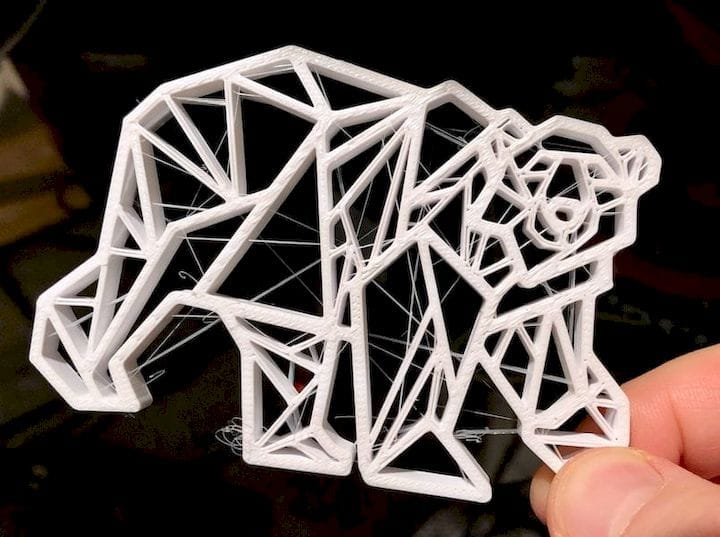 Pro Tip: An Easy Way To Remove “Stringies” From Your 3D Print [Source: Fabbaloo]
Pro Tip: An Easy Way To Remove “Stringies” From Your 3D Print [Source: Fabbaloo]
Sometimes 3D prints are covered in strange “hairs” that are awfully difficult to remove — unless you use this rapid technique to get rid of them very quickly.
One More Way To Embed A Nut In Your 3D Print
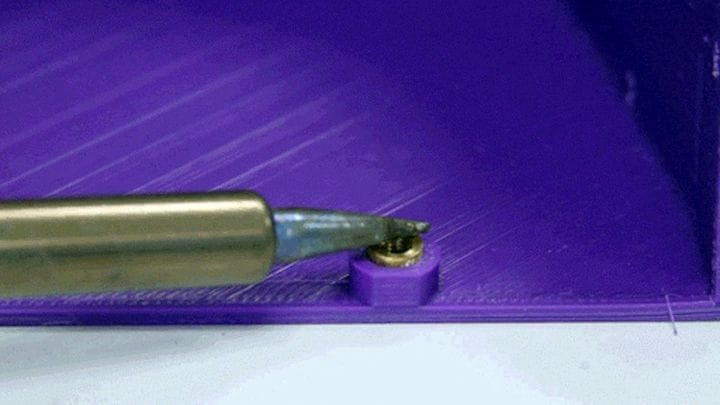 One More Way To Embed A Nut In Your 3D Print
One More Way To Embed A Nut In Your 3D Print
Sometimes 3D prints are components of larger structures, requiring ways to attach. A common method is to insert nuts and bolts; here’s a way to do so.
3D Printing On Fabric: Some Considerations
 3D Printing On Fabric: Some Considerations
3D Printing On Fabric: Some Considerations
An advanced technique is to 3D print directly onto fabric to create unusual 2D, or even 3D aspects to cloth.
9 Ways To Dramatically Improve The Finish Quality Of Your 3D Prints
![9 Ways To Dramatically Improve The Finish Quality Of Your 3D Prints [Source: Fabbaloo]](https://fabbaloo.com/wp-content/uploads/2020/05/nine-rigid_result_img_5eb09c8d575d0.jpg) 9 Ways To Dramatically Improve The Finish Quality Of Your 3D Prints [Source: Fabbaloo]
9 Ways To Dramatically Improve The Finish Quality Of Your 3D Prints [Source: Fabbaloo]
Does your print look crappy? Try these several techniques for making the finish better, right off the 3D printer.
The “Swap Filament In The Middle” Method
![The “Swap Filament In The Middle” Method [Source: Fabbaloo]](https://fabbaloo.com/wp-content/uploads/2020/05/swap_result_img_5eb09c8da92a9.jpg) The “Swap Filament In The Middle” Method [Source: Fabbaloo]
The “Swap Filament In The Middle” Method [Source: Fabbaloo]
If you don’t have a multicolor 3D printer, it is still possible to use several different colors in a single print.
Waterproofing Your 3D Prints
![Waterproofing Your 3D Prints [Source: Fabbaloo]](https://fabbaloo.com/wp-content/uploads/2020/05/water_result_img_5eb09c8df1006.jpg) Waterproofing Your 3D Prints [Source: Fabbaloo]
Waterproofing Your 3D Prints [Source: Fabbaloo]
Need a waterproof 3D print? Did you realize most 3D prints are NOT waterproof? This post explains how to get rid of leaks.
Yes, Hollow 3D Prints Are Often A Good Idea
![Yes, Hollow 3D Prints Are Often A Good Idea [Source: Fabbaloo]](https://fabbaloo.com/wp-content/uploads/2020/05/hollow_result_img_5eb09c8e4d181.jpg) Yes, Hollow 3D Prints Are Often A Good Idea [Source: Fabbaloo]
Yes, Hollow 3D Prints Are Often A Good Idea [Source: Fabbaloo]
3D print jobs require you to select the infill percentage, but sometimes it’s a good idea to set it to zero.
Wait, How Do I 3D Print Those Incredibly Thin Vases?
![Wait, How Do I 3D Print Those Incredibly Thin Vases? [Source: Fabbaloo]](https://fabbaloo.com/wp-content/uploads/2020/05/vases_result_img_5eb09c8e982b8.jpg) Wait, How Do I 3D Print Those Incredibly Thin Vases? [Source: Fabbaloo]
Wait, How Do I 3D Print Those Incredibly Thin Vases? [Source: Fabbaloo]
There’s a very strange technique that’s used to 3D print vase structures that involves playing with the infill and top & bottom layers.
A Warning For Experimental Filament Users
![A Warning For Experimental Filament Users [Source: Fabbaloo]](https://fabbaloo.com/wp-content/uploads/2020/05/experiment_result_img_5eb09c8edfade.jpg) A Warning For Experimental Filament Users [Source: Fabbaloo]
A Warning For Experimental Filament Users [Source: Fabbaloo]
If you wish to push filaments other than PLA, ABS, PETG through your extruder, there are some considerations.
More Learning
For other currently entries in this series, please search for our tag, “learning series”, here. Search often, as we will be adding more periodically.
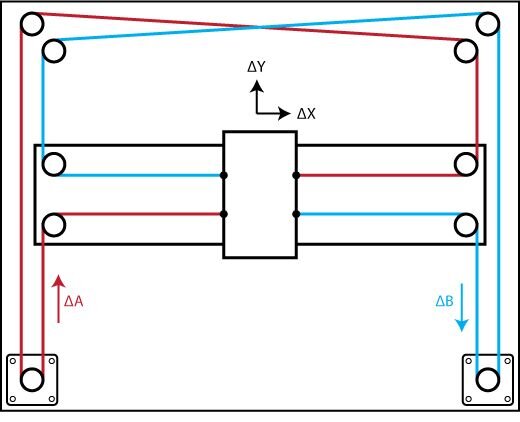
CoreXY is becoming a very popular approach for 3D printer motion systems, but is it the ultimate answer? We list the advantages and disadvantages.

VSHAPER has released a pair of interesting 3D printing guides, and unlike most beginner guides, these are designed for engineers.

I’m not sure if you’ve heard of a site called “3D Buzz”, but their content could be of interest to anyone in the CAD field.
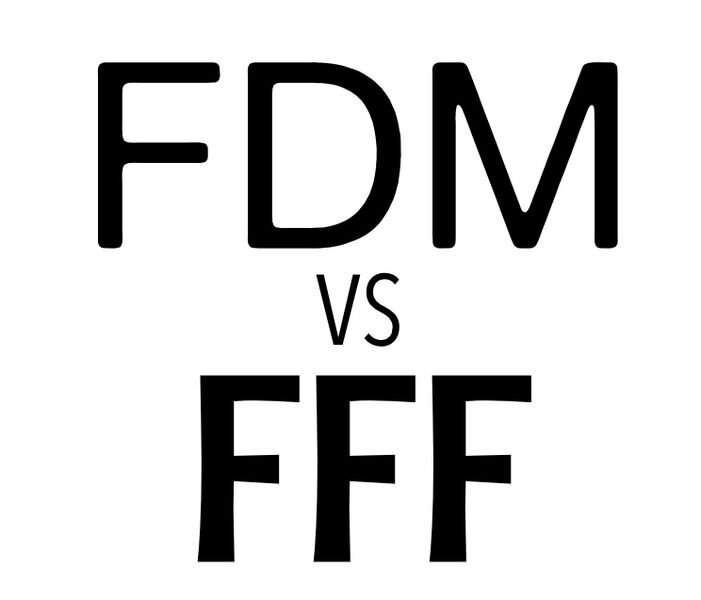
Do you know the difference between the terms “FDM” and “FFF”? From what I read, it seems a large number of people are not aware of their true meaning.

I’ve found a source with a ton of CAD utility recommendations that could make life easier for anyone using 3D CAD to create designs for 3D printing.
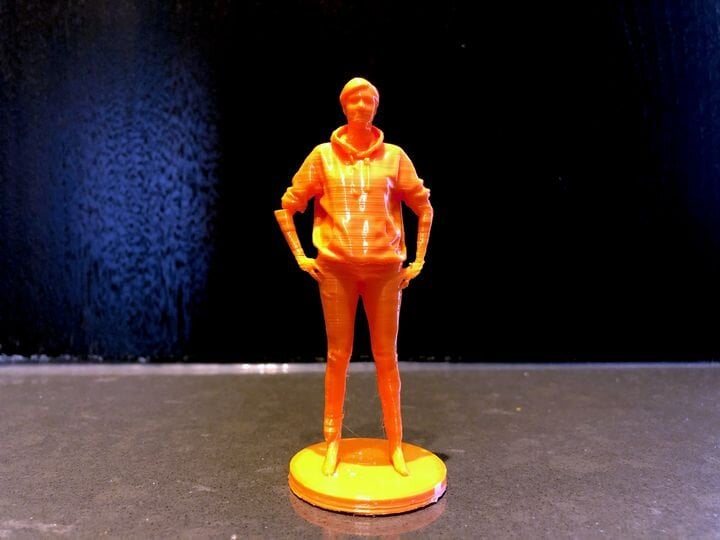
I encountered an unusual support structure issue while 3D printing and propose several ways to resolve it with Meshmixer.
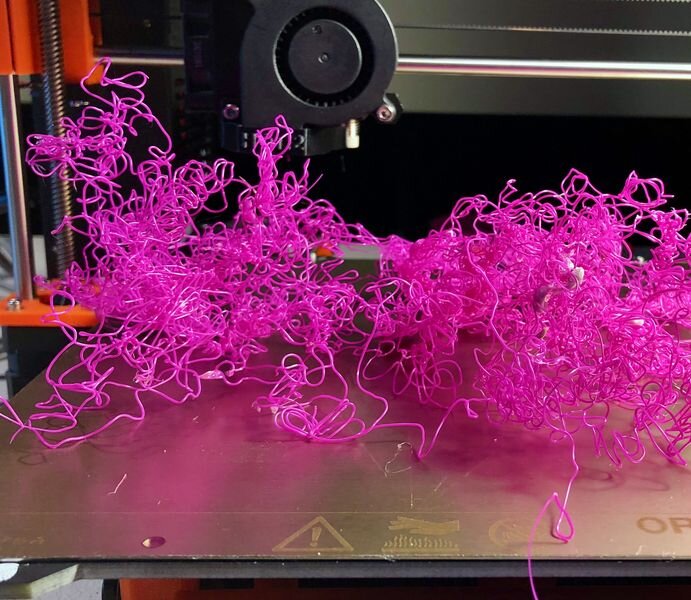
Of all the 3D printing issues you can encounter, bed adhesion, or lack of, is one of the most frequently seen. We list seven ways this can happen and offer suggestions on how to avoid them.
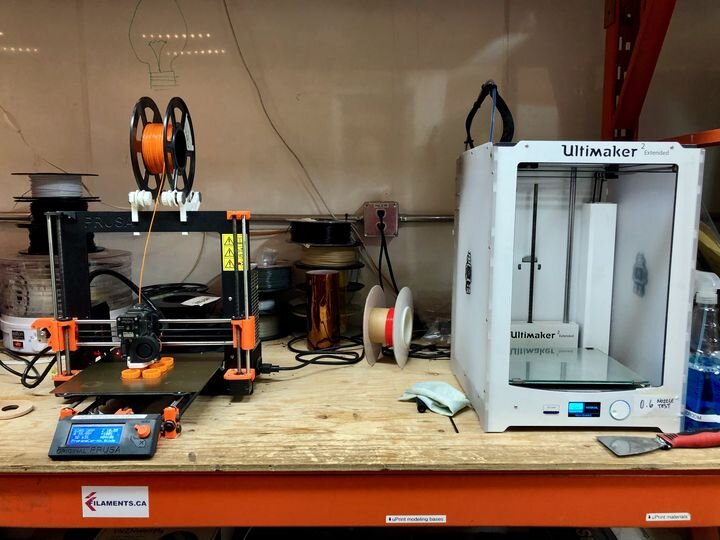
We were able to view video footage of the 3D printing hair-caught incident from last week and have determined exactly how it occurred, and how to prevent it from happening again.
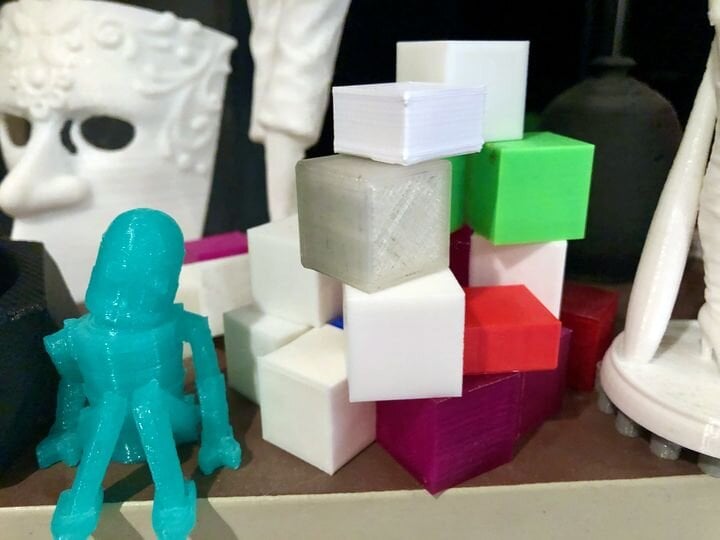
Everyone talks about “3D printer calibration”, but what is it really? We believe the process varies considerably depending on a number of factors.
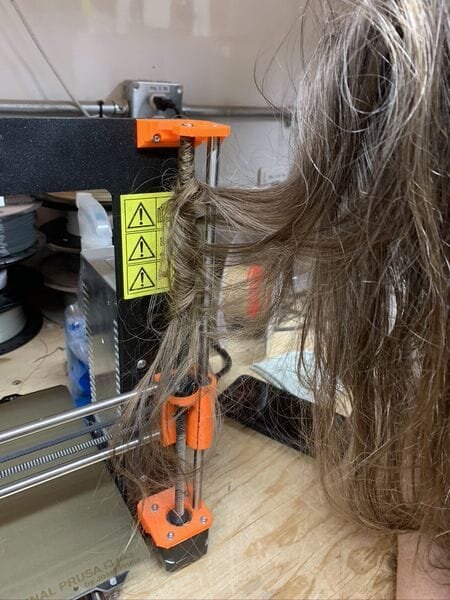
We witnessed yet another dangerous situation encountered by a 3D printer operator and provide some advice on how to avoid the situation.

